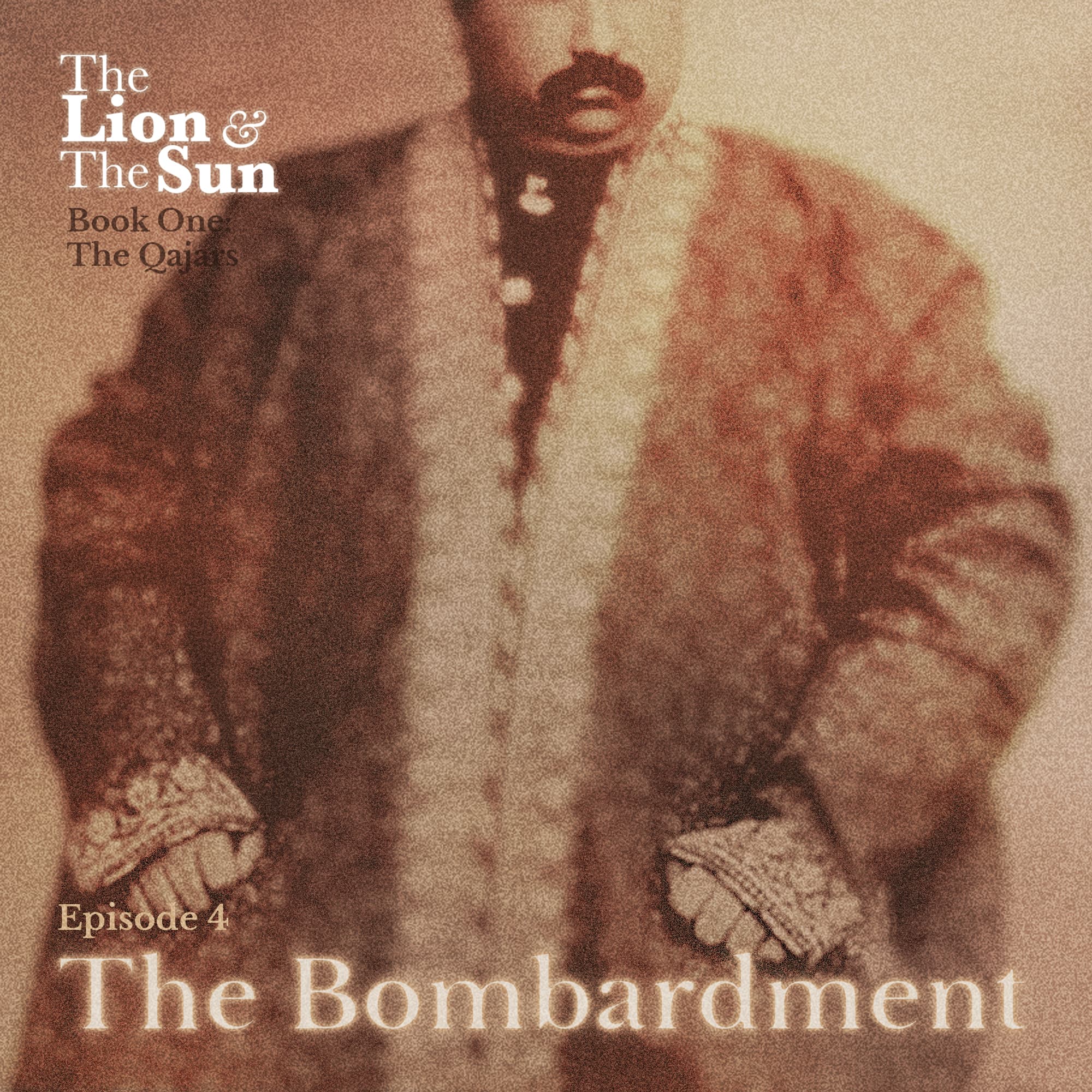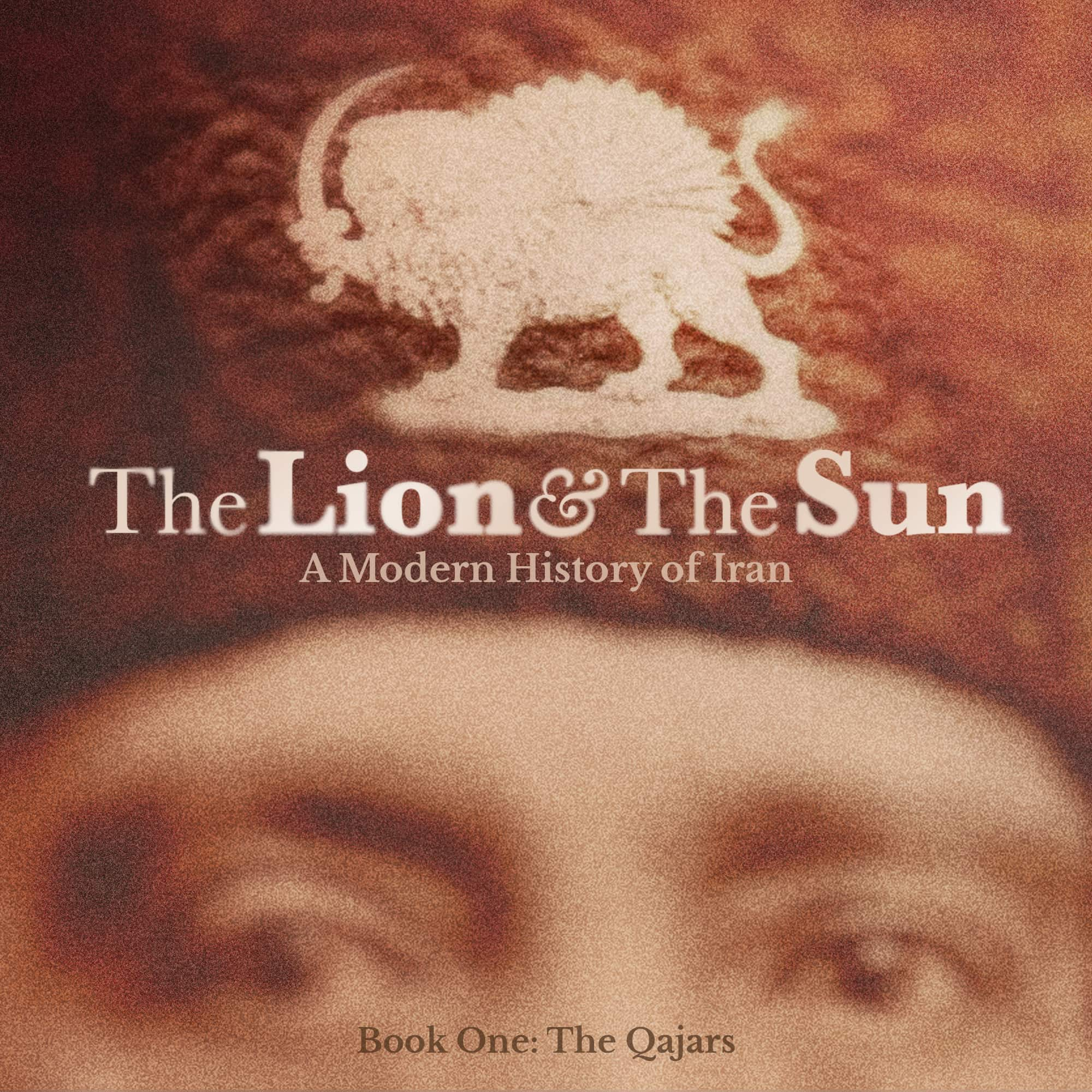
Shownotes Transcript
How Mohammad Ali Shah laid siege to the parliament building, ending Iran’s brief experiment with democracy. Discover the story of the Majlis bombardment and the Iranian guerrilla warfare to reclaim their hard-fought freedom.
Follow us on Instagram, TikTok or X (Twitter)
For early access to episodes, become a supporter on Patreon.
Episode Summary
On June 2nd, 1908, the Iranian parliament was carrying out its daily activities when the sound of marching soldiers filled the building. Sensing danger, the parliament workers evacuated to the nearby Sepahsalar Mosque to assemble a defence line. A regiment from the Russian-controlled Cossack Brigade, loyal to the monarchy, arrived and launched an assault on the parliament’s forces stationed near the mosque.
Despite the Cossacks’ formidable strength, the initial attack was repelled. Colonel Vladimir Liakhov, the Cossack commander, then deployed a larger force including cavalry, infantry, and artillery cannons. With Mohammad Ali Shah urging him to ensure victory at all costs, the cannons bombarded the parliament building from four surrounding streets.
As smoke filled the air, the parliament speaker attempted to contact the Shah but a cannon strike severed communications. The Cossacks killed and injured the parliament’s defenders, occupied the building, and sent the members fleeing or into hiding. By day’s end, the parliament lay in ruins, marking a swift end to Iran’s era of constitutional democracy under the Qajar dynasty.
In the aftermath, Mohammad Ali Shah’s forces began arresting constitutionalists and critics across the country. However, pockets of resistance emerged, determined to fight back against the monarchy. In the city of Tabriz, the people had been preparing for such a confrontation. Two key figures, Sattar Khan, a former bandit turned revolutionary, and Baqir Khan, a luti (enforcer) leader, rallied the constitutionalist fighters.
Despite being outnumbered, Tabriz’s rebels repelled the monarchy’s initial attempts to crush their uprising. By October 1908, Sattar Khan and Baqir Khan had retaken control of the city, becoming local heroes. Their victory was short-lived as the Cossack Brigade regrouped and laid siege to Tabriz in January 1909, cutting off vital supplies and gradually starving the city’s inhabitants.
In Gilan province, constitutionalists sought help from Caucasus-based Social Democrat groups opposing Russian rule. With their training, Gilan’s merchants and activists, led by Mirza Kuchak Khan, staged an elaborate ruse in February 1909 to oust the monarchy’s ruler, Sardar Afkham. They formed the “Secret Society of Sattar,” aiming to capture the capital, Tehran.
As Tabriz endured the prolonged Cossack siege, the Russian Empire, seeking to restore trade routes, intervened in April 1909 and temporarily lifted the blockade without addressing the rebels’ demands. This stalemate inspired other resistance groups like the nomadic Bakhtiari tribe in southwestern Iran.
In late 1908, Bakhtiari forces, a strong clan from the west of Iran, marched to liberate the city of Isfahan from the monarchy’s rule. After fierce street battles, the Bakhtiari riders took control of key areas in early January 1909, forcing the Shah’s appointed ruler to flee. With news of Gilan’s army marching towards Tehran, the emboldened Bakhtiari rebels prepared to join the ultimate showdown against the Qajar dynasty.
Music:
- Written in Inc – Kai Engel
- Somnolence – Kai Engel
- Between Nothing and Everything – Kai Engel
- Somber Descent – Kai Engel
- Eglair – Alex Productions
For more information, read our blog or follow us on Instagram.
The post Book One – Ep.4: The Bombardment appeared first on The Lion and The Sun Podcast.
